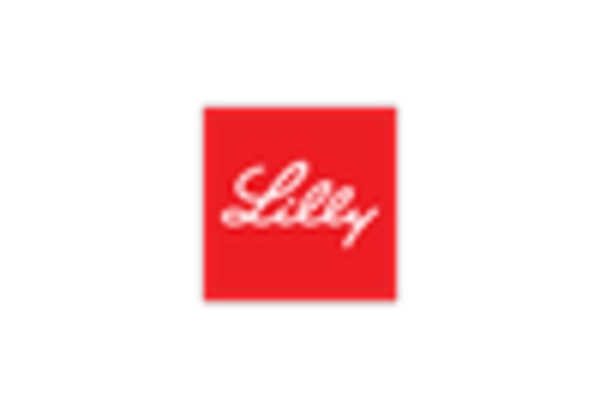Osteoporosis Drugs Size
Osteoporosis Drugs Market Growth Projections and Opportunities
Osteoporosis growth rates are going up because more people are getting older. This has a huge impact on the market for drugs that treat osteoporosis. As people age, they are more likely to break bones because of osteoporosis. This makes more osteoporosis drugs necessary and affects the market's growth.
Public information efforts and bone health screening projects are important in shaping the osteoporosis drugs market. Educating people about osteoporosis risk factors, how to avoid getting it, and how to find it early all helps with evaluation and treatment, which changes market trends.
One important market issue is the use of hormone replacement treatment to treat osteoporosis. Including estrogen and calcitonin in hormone medicines helps keep bone density in check and is one of the treatment choices that affects market preferences.
The amount of patient education and knowledge about osteoporosis, lifestyle change, and protective steps is a vital market driver. Patient education programs that teach patients about food, exercise, and living choices help make osteoporosis medicines more acceptable and popular.
There are a lot of drug companies that make osteoporosis drugs, so the market is very competitive. There are different levels of pharmaceutical companies in the osteoporosis drugs market. These levels depend on things like how well the drugs work, how safe they are, and how much of the market they have.
One important thing is how simple it is for older people and people who live in long-term care homes to get osteoporosis medicines. Making osteoporosis medicines easier to get and cheaper in places that serve an older population improves patient care and changes the way the market works.
With the rise of telehealth and distant consults, prescribing and keeping an eye on osteoporosis medicines is changing. Remote healthcare services make it easier for people to get their medications, especially older people, which changes what the market wants.
The market changes a lot when drug companies, rheumatologists, and endocrinologists work together. Collaborations may help make osteoporosis medicines that work better for each patient, better ways to treat the disease, and other improvements in osteoporosis medicines.











Leave a Comment